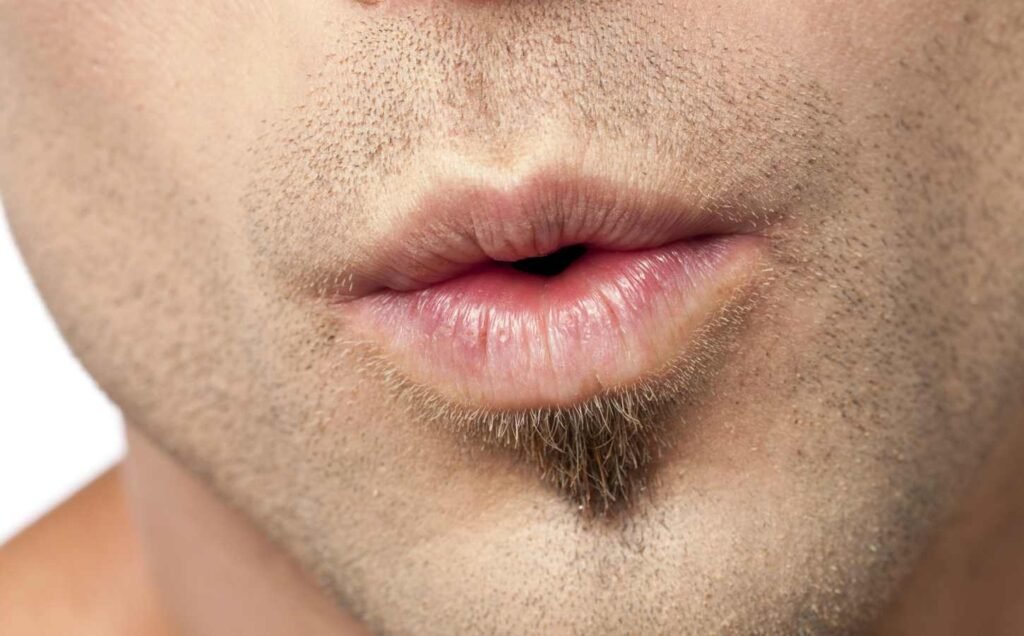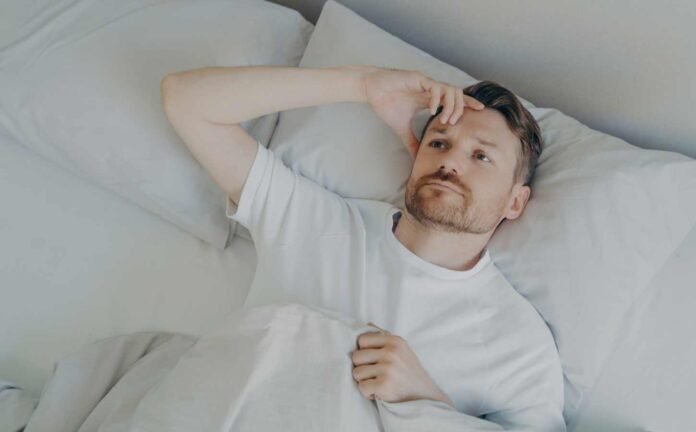Respiratory Disturbance Index is a measure of sleep-disordered breathing that quantifies the number of respiratory disturbances per hour of sleep.
It is a commonly used diagnostic tool for identifying sleep apnea and other sleep-related breathing disorders. Respiratory Disturbance Index (RDI) is determined through polysomnography, a comprehensive sleep study that records various physiological parameters during sleep.
Sleep-disordered breathing is a common sleep disorder that affects millions of people worldwide. It is characterized by repeated episodes of partial or complete obstruction of the upper airway during sleep, resulting in disturbed breathing patterns. This can lead to a range of health problems, including excessive daytime sleepiness, cognitive impairment, and cardiovascular disease. Respiratory Disturbance Index is an important tool in the diagnosis and management of sleep-disordered breathing, allowing healthcare professionals to accurately assess the severity of the condition and develop appropriate treatment plans.
Understanding Respiratory Disturbance Index
Definition and Significance of RDI
Respiratory Disturbance Index (RDI) is a measure of the number of respiratory events that occur per hour of sleep. These events include apneas (complete cessation of breathing) and hypopneas (partial cessation of breathing), as well as other respiratory disturbances. Respiratory Disturbance Index is used to assess the severity of sleep-disordered breathing, which can lead to a range of health problems including cardiovascular disease, stroke, and hypertension.
RDI vs. AHI: Distinctions in Sleep Studies
The Respiratory Disturbance Index is often used interchangeably with Apnea-Hypopnea Index (AHI), which is another measure of sleep-disordered breathing. However, there are some important distinctions between the two. RDI includes all respiratory events, while AHI only includes apneas and hypopneas. Additionally, RDI takes into account all respiratory events, even those that do not result in a drop in oxygen saturation levels. AHI, on the other hand, only counts events that result in a drop in oxygen saturation levels.
Assessing Severity: Mild, Moderate, and Severe RDI
The Respiratory Disturbance Index is used to assess the severity of sleep-disordered breathing. Mild RDI is defined as 5-15 events per hour, moderate RDI is defined as 15-30 events per hour, and severe RDI is defined as more than 30 events per hour. These classifications are based on the guidelines set forth by the American Academy of Sleep Medicine.
Overall, the Respiratory Disturbance Index is an important measure in sleep studies, as it provides valuable information about the severity of sleep-disordered breathing and the associated health risks. By understanding RDI and its significance, healthcare professionals can better diagnose and treat sleep-related breathing disorders.
Diagnosis and Treatment of Sleep Apnea
Polysomnography: The Gold Standard for Diagnosis
Polysomnography (PSG) is the gold standard for diagnosing sleep apnea. It is a comprehensive sleep study that measures various physiological parameters during sleep, such as oxygen saturation, airflow, heart rate, and brain waves. PSG is typically conducted in a sleep laboratory, where the patient spends a night hooked up to various sensors and electrodes.
During PSG, the Respiratory Disturbance Index (RDI) is calculated, which is the number of respiratory events per hour of sleep. An RDI of 5 to 15 is considered mild, 15 to 30 is moderate, and over 30 is severe. In addition to diagnosing sleep apnea, PSG can also identify other sleep-related problems, such as restless legs syndrome and periodic limb movements.
Treatment Modalities and CPAP Therapy
Continuous Positive Airway Pressure (CPAP) therapy is the most common treatment for sleep apnea. CPAP involves wearing a mask over the nose or mouth during sleep, which delivers a continuous flow of air to keep the airway open. CPAP is highly effective in reducing the number of respiratory events and improving sleep quality.
Other treatment modalities for sleep apnea include oral appliances, which reposition the jaw to keep the airway open, and surgery, which can involve removing excess tissue from the throat or repositioning the jaw. However, these treatments are typically reserved for patients who cannot tolerate CPAP or have anatomical abnormalities that make CPAP less effective.
Lifestyle Changes and Comorbid Condition Management
In addition to medical treatments, lifestyle changes can also help manage sleep apnea. Losing weight, avoiding alcohol and sedatives, and sleeping on one’s side can all reduce the severity of sleep apnea. Comorbid conditions, such as hypertension and cardiovascular disease, should also be managed to reduce the risk of complications.
Sleep specialists, such as those in internal medicine, can provide guidance on managing sleep apnea and related conditions. Patients should also be encouraged to practice good sleep hygiene, such as maintaining a regular sleep schedule and avoiding electronic devices before bed.
Overall, the diagnosis and treatment of sleep apnea require a comprehensive approach that considers the patient’s individual needs and circumstances. With proper management, sleep apnea can be effectively controlled, improving both sleep quality and overall health.

Insufficient Sleep Syndrome

Insufficient Sleep Syndrome is a disorder that occurs when a person does not get enough sleep, which can lead to a range of physical and mental health problems.
Insufficient Sleep Syndrome is a common problem that affects people of all ages. According to the Centers for Disease Control and Prevention (CDC), more than one-third of adults in the United States do not get enough sleep on a regular basis.
Continue reading: Insufficient Sleep Syndrome
Master the 4-7-8 Breathing Technique for Better Sleep

The 4-7-8 breathing exercise, also known as the “Relaxing Breath,” is a method that involves a specific pattern of inhaling, holding, and exhaling the breath. Inspired by Pranayama, an ancient Indian yoga practice, this technique helps to regulate your breath and calm your nervous system.
Continue reading: Master the 4-7-8 Breathing Technique for Better Sleep



